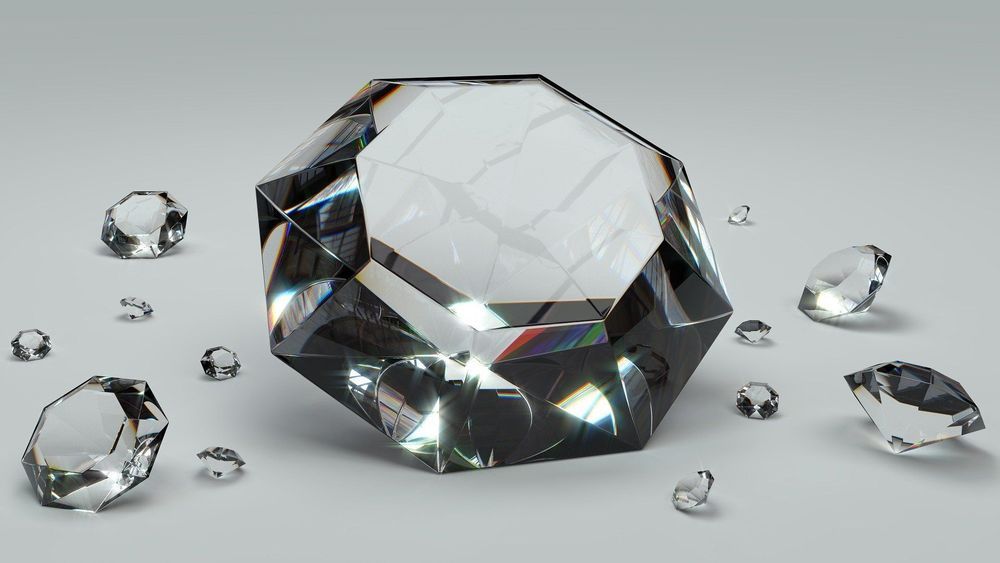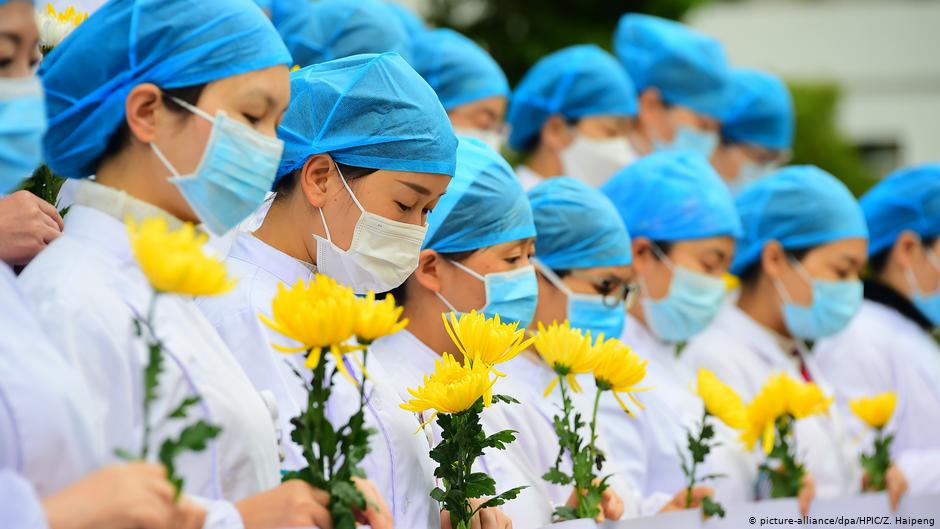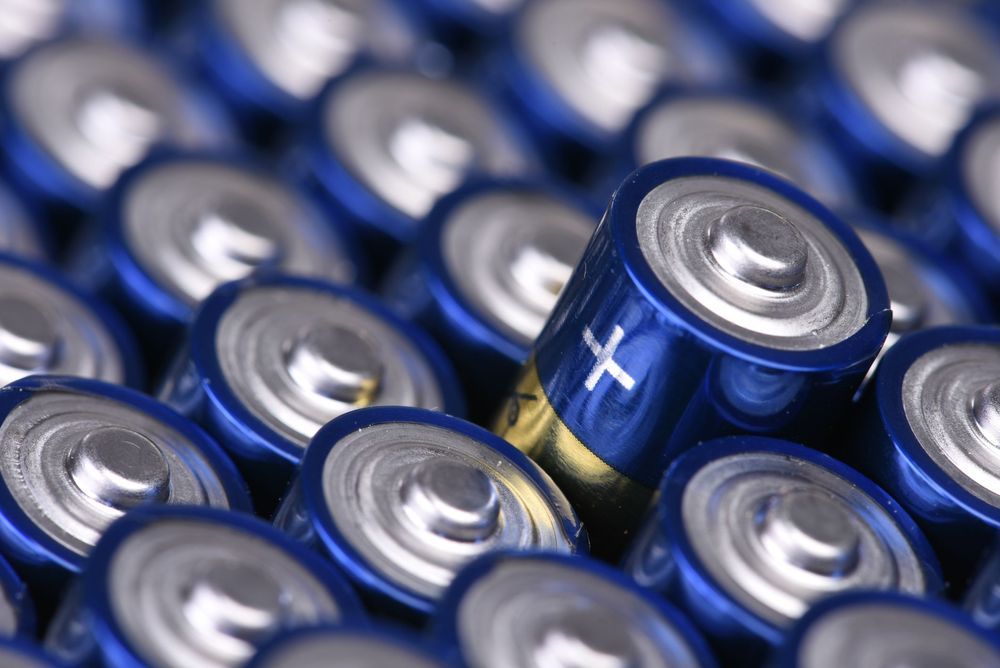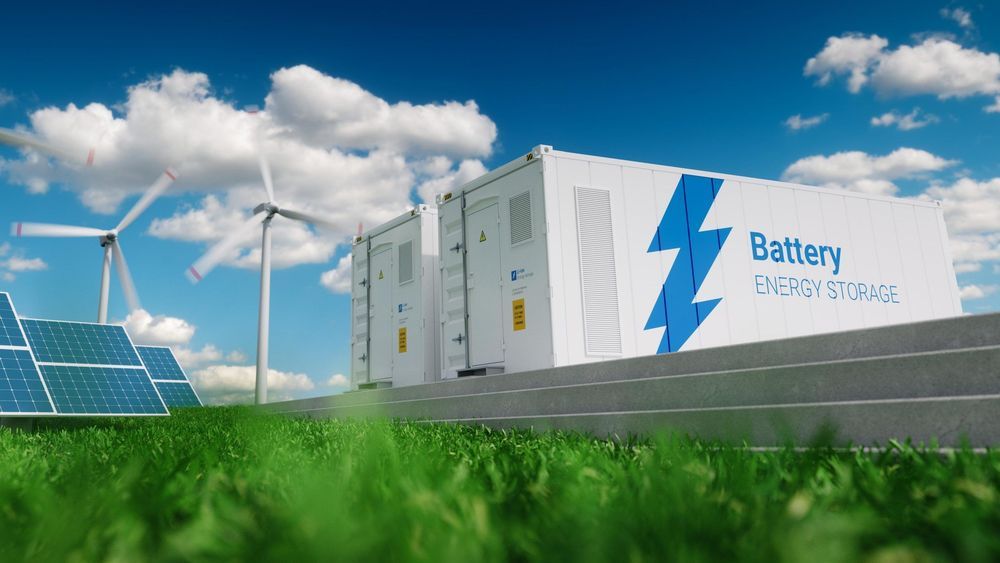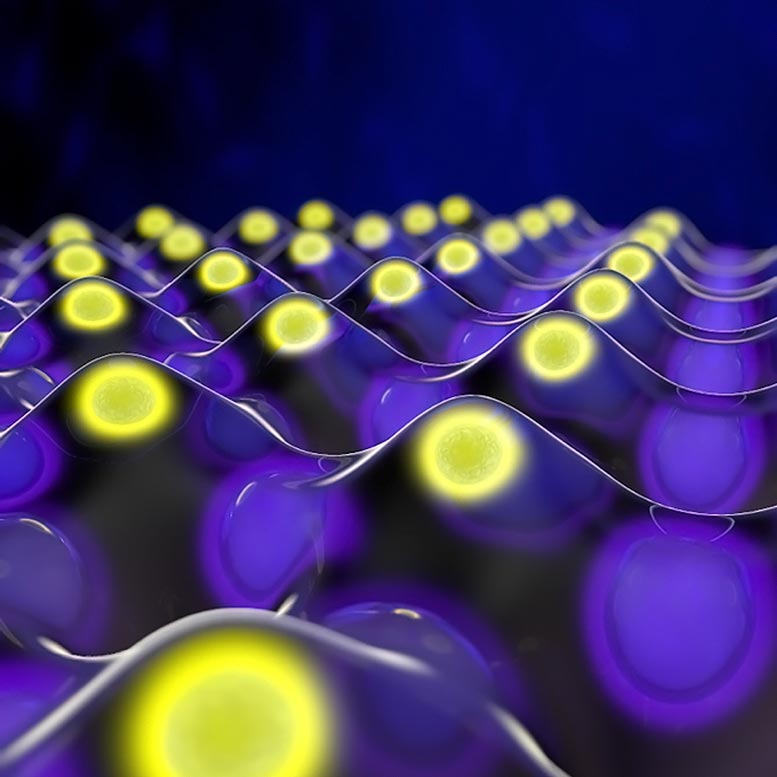A team led by Prof. Du Jiangfeng, Prof. Shi Fazhan, and Prof. Wang Ya from University of Science and Technology of China, of the Chinese Academy of Sciences, proposed a robust electrometric method utilizing a continuous dynamic decoupling technique, where the continuous driving fields provide a magnetic-field-resistant dressed frame. The study was published in Physical Review Letters on June 19.
Characterization of electrical properties and comprehension of the dynamics in nanoscale become significant in the development of modern electronic devices, such as semi-conductor transistors and quantum chips, especially when the feature size has shrunk to several nanometers.
The nitrogen-vacancy (NV) center in diamond—an atomic-scale spin sensor—has shown to be an attractive electrometer. Electrometry using the NV center would improve various sensing and imaging applications. However, its natural susceptibility to the magnetic field hinders effective detection of the electric field.
